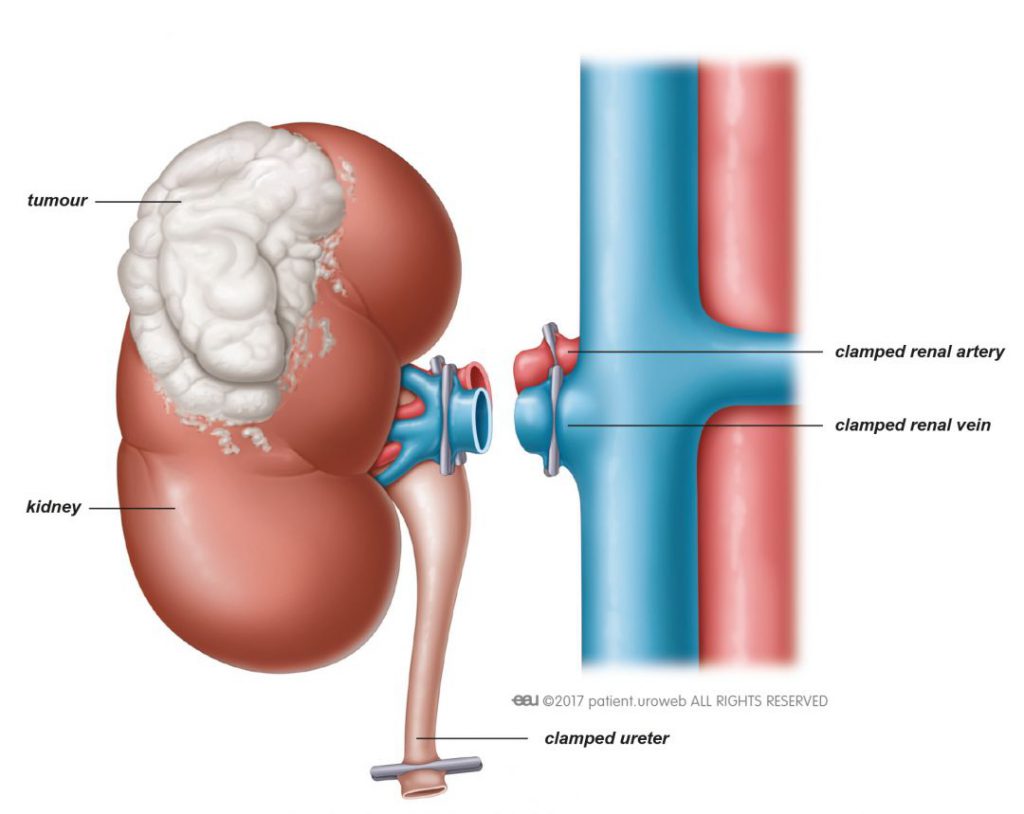Home >> Laparoscpic Pyeloplasty
Laparoscpic Pyeloplasty
Pyeloplasty is surgery to correct a condition called ureteropelvic junction (UPJ) obstruction. “Pyelo” refers to the kidney (renal pelvis). “Plasty” is the term for a surgical procedure that repairs, restores or replaces something.

- Why it's done
- How does pyeloplasty work
- Risks
Babies or infants go through an open pyeloplasty. An open surgery means that, when the skin and tissues are cut, the surgeon is able to see all the organs they’re accessing directly with their vision, rather than with a camera (as in laparoscopy). For babies, this open surgery is safer than the laparoscopic (keyhole) surgery performed on adults with UPJ obstruction.
In older children and adults, the surgeon only makes a small incision through which they can operate with the help of a camera (laparoscopy). A robot may also be used.
- Babies/infants: During an open pyeloplasty, a two to three inch cut is made just below your baby’s ribs and the obstructed segment of ureter is removed. The normal caliber ureter is then reattached to their renal pelvis. A stent (a tiny silicone tube) is placed to drain urine from their kidney. After they heal, the stent will be removed.
- Older children/adults: The surgeon will cut multiple small incisions – each between eight and 10 millimeters. The robot that assists your surgeon has three to four robotic arms. Two to three use instruments and one holds a camera. The instruments have a similar range of movement as the human hand, and are able to fix the UPJ obstruction by cutting out the narrow/scarred part and reconnecting the normal tissue.
Rarely, there may be an injury to your:
- Major blood vessels.
- Small intestine.
- Large intestine.
- Stomach.
- Liver, spleen, or pancreas
- Ovary.
- Fallopian tube.
- Bladder.
